Historic Higham Ferrers Chichele College repairs completed in time for 600th anniversary
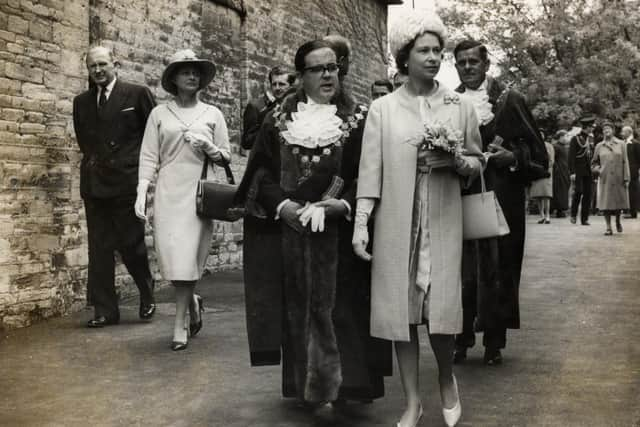

Portions of a wall that collapsed from a historic Higham Ferrers building have been restored with temporary traffic lights that lasted 14 months finally removed from a main road.
Specialist stonemasons were called in to restore the ancient wall at English Heritage-owned Chichele College after five tonnes of rubble collapsed ‘like an avalanche’.
Advertisement
Hide AdAdvertisement
Hide AdTemporary traffic lights were installed in College Street following the collapse on February 6 last year – for safety reasons initially the road was closed altogether.
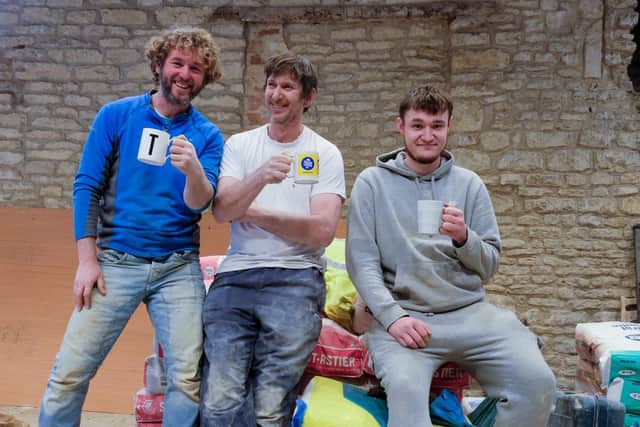

Sub-contractors to experts Cliveden Conservation Ltd were already measuring up on the Saffron Road perimeter wall ahead of starting work there when rubble crashed down on the opposite side of the college boundary.
Stonemason Jim Johnston said: “The Saffron Road wall had been deteriorating for some time and the stones were becoming dangerously loose.
“We have used special iron stone coping which has a water drip line recess so that water does not sit on the newly-built walls.”
Advertisement
Hide AdAdvertisement
Hide AdBoth the Saffron Road and College Street boundary walls have been restored using replacement stones that have been ‘knocked back’ using traditional methods to age them enabling them to fit in with the existing colour and surroundings.
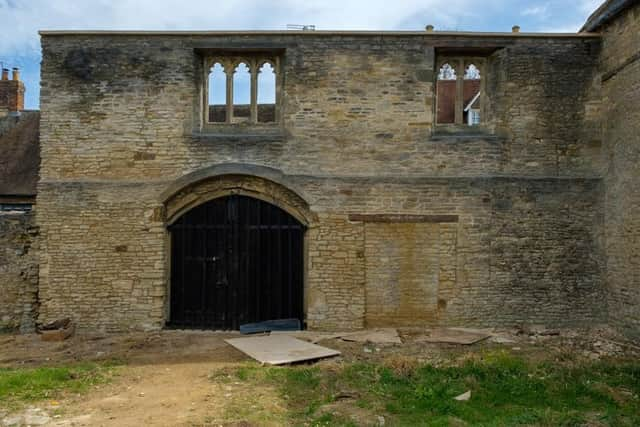

Chichele College, founded by Higham Ferrers-born Henry Chichele, an Archbishop of Canterbury, is owned by the Duchy of Lancaster. It is a Schedule Monument and part of the National Heritage Collection in the care of English Heritage. Higham Ferrers Tourism Committee cares for the day-to-day management via a local management agreement with English Heritage.
Scaffolding went up on the building for extra support, as did a sheeting cover to protect the site and the subsequent work from extreme weather conditions.
While the stonemasons said that the work at the site was easy to undertake, several processes had held up the project. Research had to be undertaken into the methods and materials used by the walls’ original builders. A range of decisions also had to be made by Historic England and English Heritage and the effects of the Covid-19 pandemic further delayed work.
Advertisement
Hide AdAdvertisement
Hide AdIn the end, the physical work on the College Street wall took just five months and was finished 14 months after the stone fall.
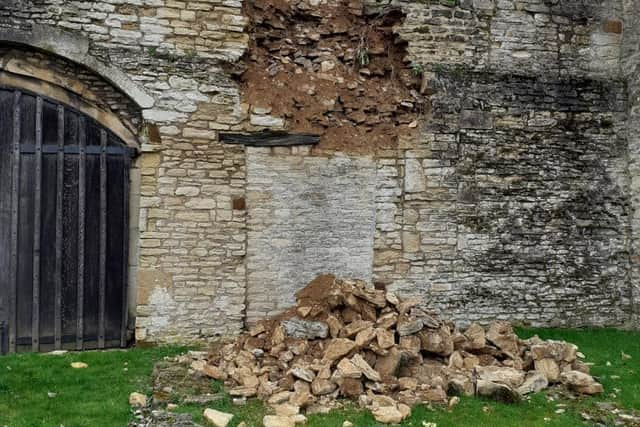

The stonemasons, whose previous jobs includes work at All Souls’ College, Oxford - which was also founded by Henry Chichele - as well at Chequers, the Prime Minister’s country residence, said it had been a “wonderful” project.
Mr Johnston added: “It has given us great satisfaction knowing that we have been doing something that the next generations can enjoy.
“You are all very lucky to live in such a lovely historic town.”
Advertisement
Hide AdAdvertisement
Hide AdA 600th anniversary party is has now been planned for Saturday, July 30, and a celebratory Henry Chichele Exhibition will premiere at the Chichele Garden Fair on May 28.
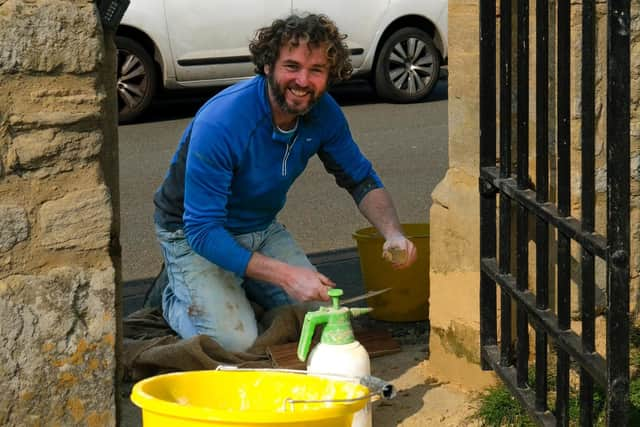

Chichele College is a rare surviving example of a chantry college. It was founded in 1422 by the locally-born Henry Chichele, Archbishop of Canterbury.
Such colleges, common in England in the 14th and 15th centuries, were groups of priests who shared a communal life that was less strictly controlled than that of a monastery.
The gatehouse, chapel and other remains of the college buildings survive.